Over the next three decades, the Central Ohio region is expected to grow to a region of 3.15 million people. Racial and ethnic minorities will account for most of the region’s growth by 2050. Increasing data suggest that a region’s ability to compete economically will depend more upon its ability to attract and retain young talent.
As the regional council representing nearly 90 diverse members across Central Ohio, MORPC is committed to fostering social connections and building more resilient communities through our programs and services. MORPC is dedicated to building a culture of belonging, one in which individuals have the opportunity to prosper, succeed and grow.
Recognizing the barriers that many historically marginalized, disadvantaged, and underserved communities face across the region, MORPC is committed to adhering to the following federal mandate:
Title IV of the Civil Rights Act of 1964
MORPC addresses inequities through our programs and initiatives:
- Convenes and facilitates regional conversations with local governments and community partners to promote collaboration and urgent effective action
- Transportation & Economic Development Initiatives: Ensure everyone has equal access to education, jobs, healthcare, and other community resources
- Residential Services: Provide free services to populations historically underserved and overburdened with energy and housing costs
- Planning & Sustainability: Improve air quality conditions that disproportionately affect vulnerable populations.
- Data & Mapping: Identify trends and disparities to improve opportunities for resources for everyone
- Regional Housing Strategy: Collaborate with local governments and community partners to identify gaps in affordable and sufficient housing to meet the current and future market demands of the Central Ohio Region
- Outreach & Engagement: Promote various opportunities for historically underserved and underrepresented communities to provide feedback on transportation projects, strategies, and initiatives and be actively involved in the planning process

